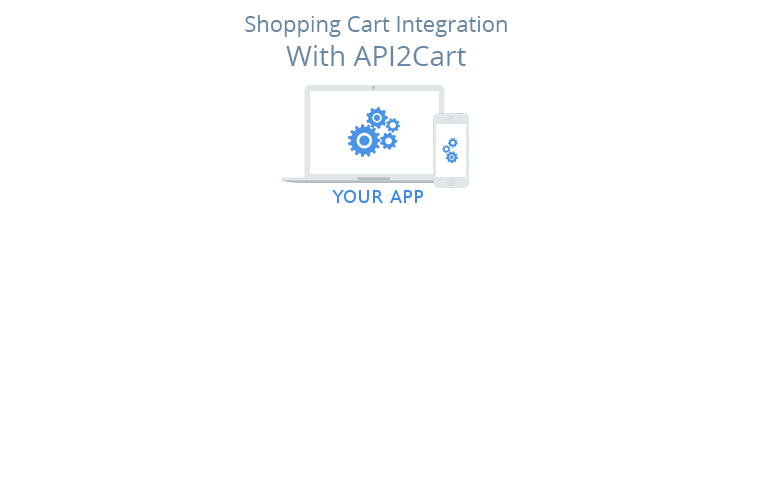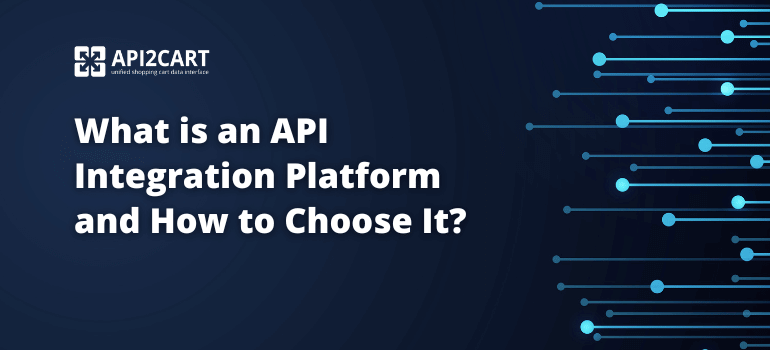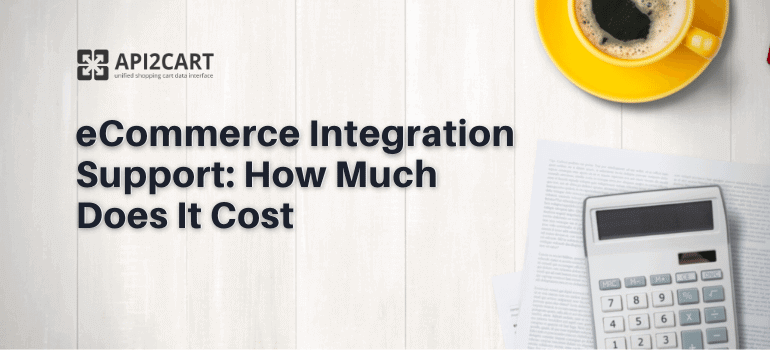
As an eCommerce software vendor, it’s crucial to connect your system with popular eCommerce platforms. Shopping APIs make these connections possible by facilitating the flow of data between your tools and various shopping platforms.
However, integrating with shopping APIs effectively can be challenging. The most common issues developers encounter include platform-specific API structures, synchronization problems, and long-term maintenance. In this article, we will guide you through the process of starting with shopping APIs, explore the challenges involved in their integration, and show how API2Cart can help you overcome these hurdles, saving both time and resources.
What Are Shopping APIs?
Shopping APIs are essential tools for the exchange of data between eCommerce software and shopping platforms. These APIs allow developers to manage store data such as product catalogs, customer information, orders, pricing, and more.
Furthermore, Shopping APIs are crucial for eCommerce solutions like inventory management systems, shipping software, order management tools, etc. They help automate critical processes such as:
Synchronizing inventory across multiple sales channels.
Providing up-to-date product information and pricing in real-time.
Tracking and processing order statuses.
Managing shipping labels and handling returns.
By integrating with shopping APIs, software solutions can expand their capabilities, offering a smooth experience for their users.

How Shopping APIs Work
To build successful integrations, it is essential to understand how shopping APIs function. They allow external applications to transfer data to and from eCommerce platforms. Here’s how they work:
Authentication and Authorization:
Data Requests and Endpoints:
Data Exchange:
Actions and Updates:
Applications use API keys, OAuth tokens, or other methods to authenticate and gain permission to work with the platform.
APIs provide predefined endpoints (URLs) for apps to send requests for specific data, such as product details or order histories.
After the platform processes a request, it sends the data back in formats like JSON or XML.
APIs allow developers to retrieve data and also perform actions, such as adding products, changing prices, or managing customer accounts.
For instance, when shipping software integrates with a shopping platform API, it can automatically fetch order details, create shipping labels, and update tracking information in real time.

Popular Shopping APIs to Know
If you're a software vendor aiming to enhance your eCommerce solution, it’s time to integrate with popular shopping cart REST APIs. Here’s an overview of some widely used shopping APIs:
Shopify API:
Shopify is one of the most popular platforms for eCommerce software vendors, with over 5.6 million active users worldwide. It recently transitioned from REST API to GraphQL API, meaning developers must adjust their integration methods to accommodate this shift.
WooCommerce API:
WooCommerce is another widely-used platform, particularly for WordPress-powered websites. It offers a robust API that allows developers to quickly manage product listings, track stock levels, and filter orders using the WooCommerce REST API. Despite its flexibility, WooCommerce has challenges, such as numerous API versions and a lack of native documentation, which developers need to navigate carefully.
Amazon Marketplace Web Service (MWS):
Amazon’s MWS API is critical for developers aiming to reach a large marketplace audience. With the MWS API, developers can manage products, orders, inventory, and shipping. While powerful, the MWS API comes with its own complexities, such as strict rate limits and constant updates to the platform’s functionality.
These shopping APIs provide valuable features, but integrating them can be challenging.
Challenges in Integrating with Shopping APIs
While shopping APIs offer immense value, integrating with them can be difficult. Some common obstacles include:
API Limitations:
Data Synchronization Issues:
Platform-Specific Complexities:
Versioning and Updates:
Error Handling and Debugging:
APIs often have rate limits, restricting the number of requests that can be made in a specific time frame.
Keeping data consistent across platforms, especially in real-time, presents a challenge.
Each platform’s API has its own structure, authentication method, and data format, which can make integration complex and time-consuming.
Frequent API updates can introduce breaking changes that require constant maintenance.
APIs may return errors such as timeouts, incorrect data formats, or insufficient permissions, requiring debugging.
These challenges can slow down development and increase costs, especially when dealing with multiple platforms.
The Solution: API2Cart

API2Cart is a unified solution that simplifies integrating with multiple shopping APIs. It connects with over 60 eCommerce platforms through a single API, reducing the need for custom integrations.
API2Cart helps software vendors:
- Save Time: Eliminate the need to integrate with each platform individually.
- Ensure Consistency: Keep your data synchronized across platforms with real-time updates.
- Reduce Costs: Avoid the cost of maintaining multiple custom integrations.
- Stay Updated: API2Cart manages API versioning and updates, so your integrations remain functional.
API2Cart is a solution that helps software vendors spend less time on integrations and more time focusing on growing their business.

Conclusion
By leveraging the right tools and understanding the complexities of shopping APIs, eCommerce software vendors can overcome integration challenges and deliver seamless solutions to their clients. API2Cart simplifies the integration process and allows you to connect with multiple platforms effortlessly — whether it’s managing inventory, automating shipping, or synchronizing orders.
Connect with Amazon, Shopify, WooCommerce, and more using API2Cart. Sign up now and simplify your development!
FAQs
What does API integration mean?
API integration refers to the process of connecting different software systems through APIs (Application Programming Interfaces) to allow them to communicate with each other. It enables data exchange between applications, automates workflows, and ensures seamless operation between different systems. API integration helps businesses connect various eCommerce platforms, payment gateways, CRMs, and other tools efficiently.
How to connect multiple e-commerce platforms with one API?
Connecting multiple e-commerce platforms with a single API can be done through an API aggregation service like API2Cart. With API2Cart, software developers can integrate with more than 60 eCommerce platforms using one unified API. This solution simplifies the integration process by handling all the complexities of different platforms' APIs, ensuring that data like orders, products, and customers are synchronized in real time across multiple platforms.



